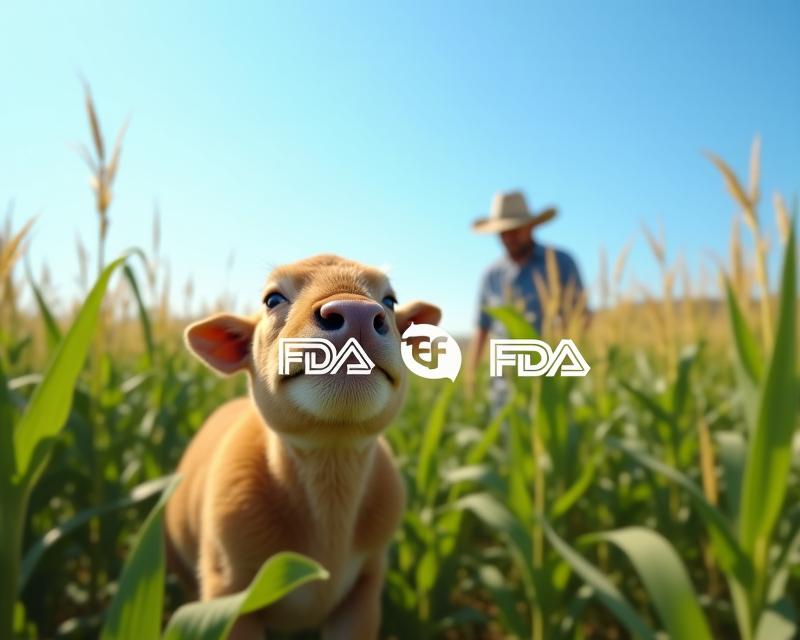Volunteer Corn: A Farmer's Guide
Publish in Crops el 23/07/2025 16:41
Volunteer Corn: A Farmer's Guide
Welcome, fellow farmers and gardeners! Have you ever noticed little corn plants popping up in your soybean fields? These are called volunteer corn, and while they might seem harmless, they can actually cause some serious problems. Understanding volunteer corn and how to manage it is key to a successful harvest.

The Problem with Volunteer Corn
Volunteer corn competes with your soybeans for vital resources like sunlight, water, and nutrients in the soil. This competition can significantly reduce soybean yields, impacting your bottom line. Beyond yield loss, volunteer corn can also complicate post-harvest weed control. It can be difficult to effectively manage other weeds when corn is present, potentially requiring extra herbicide applications. Furthermore, volunteer corn can harbor pests and diseases that can then affect your soybean crop in subsequent years. Ignoring volunteer corn is like letting a little problem snowball into a much bigger one!
Sustainable Removal Techniques
While herbicides are often used to control volunteer corn, there are several sustainable and environmentally friendly methods you can employ. One effective technique is **cultivation**. Regular cultivation, especially during the corn's early growth stages, can suppress its growth and prevent it from flowering and setting seed. This is a great option for smaller fields or when you want to minimize herbicide use. Remember to cultivate when the soil is moist for best results.
Another sustainable approach is **cover cropping**. Planting a cover crop after soybean harvest can outcompete volunteer corn for resources and improve soil health. Consider using a mix of cover crops like rye, oats, or clover. These cover crops not only suppress volunteer corn but also add organic matter to the soil, reducing erosion and improving water infiltration. This is a long-term strategy that benefits your farm in many ways.
Other Helpful Tips
- Early Detection is Key: Scout your fields regularly during the growing season to identify volunteer corn early on.
- Proper Termination: If using herbicides, choose products specifically labeled for volunteer corn control and follow label instructions carefully.
- Integrated Approach: Combine multiple methods – cultivation, cover cropping, and targeted herbicide applications – for the most effective control.
- Consider Crop Rotation: Rotating crops can help disrupt the volunteer corn life cycle.





